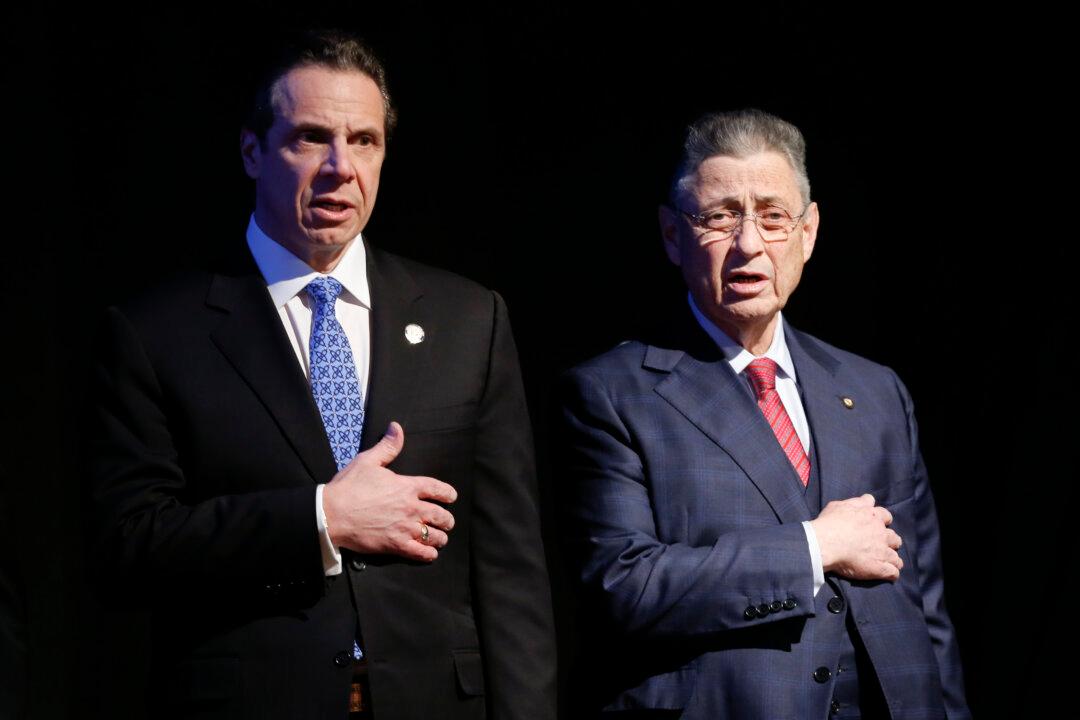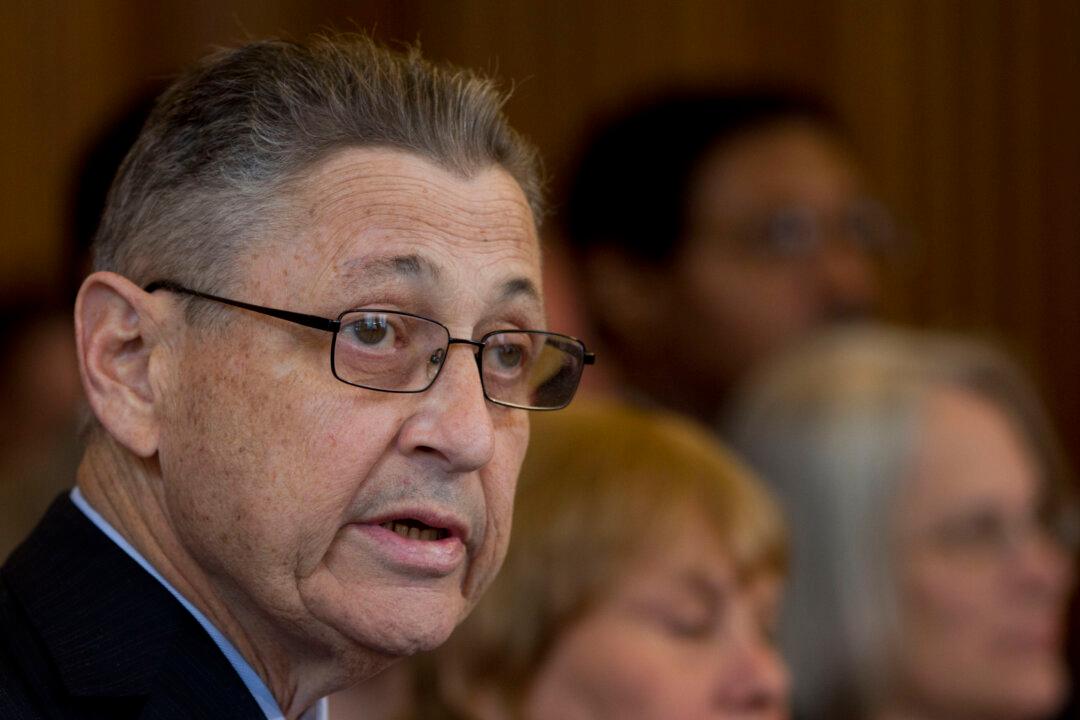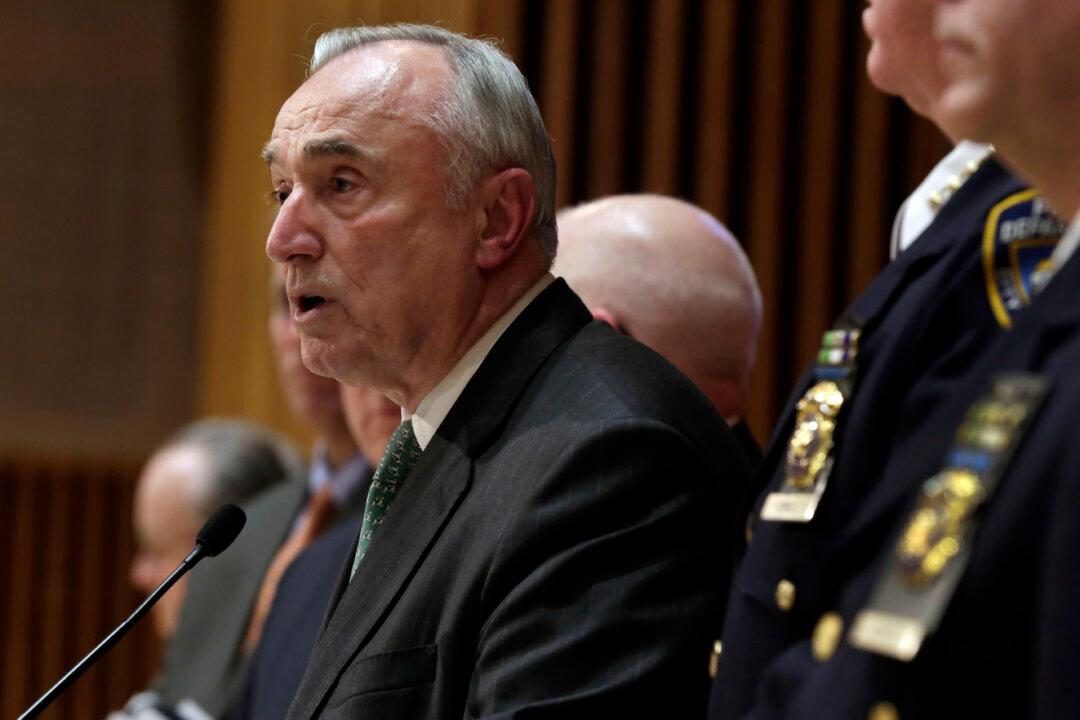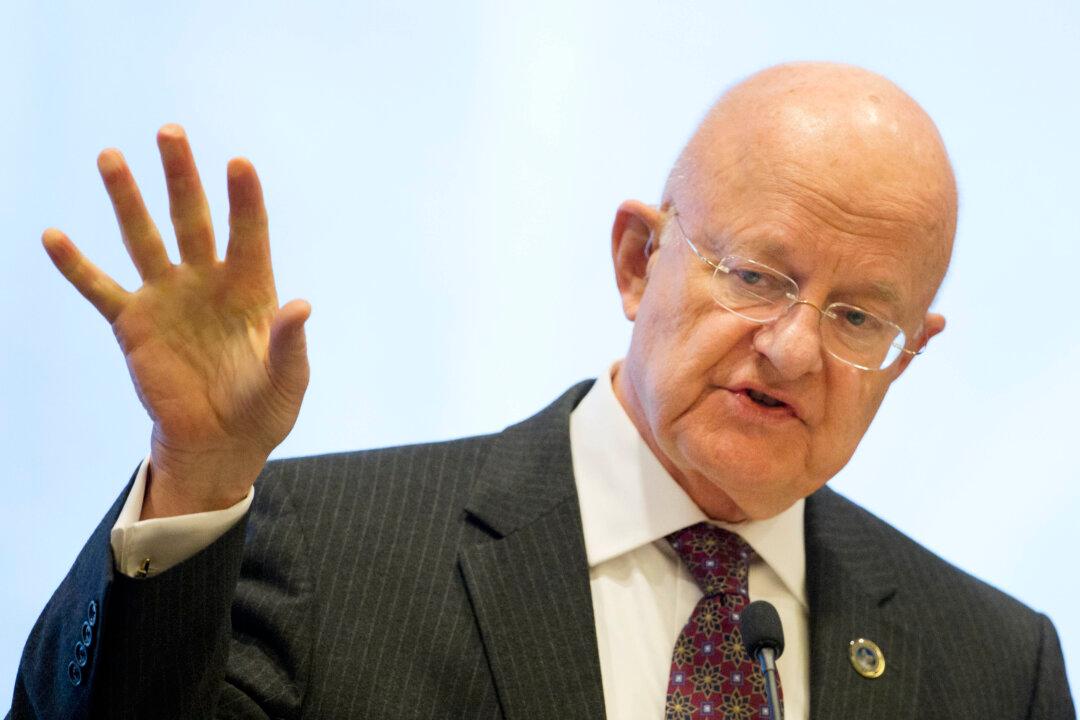NEW YORK—Despite efforts by New York City officials to tout a dip in serious crime, another statistic is getting more attention—a steep decline in the number of arrests across all five boroughs in the two weeks since two police officers were shot dead in their patrol car.
The totals suggest that a rumored work slowdown has taken hold amid discord between the rank and file and Mayor Bill de Blasio, and raise questions about what impact it could have on the city’s crime rate.
"If the law is not being enforced in the street, we're all in danger."



